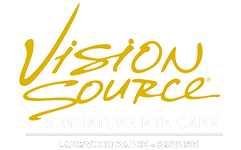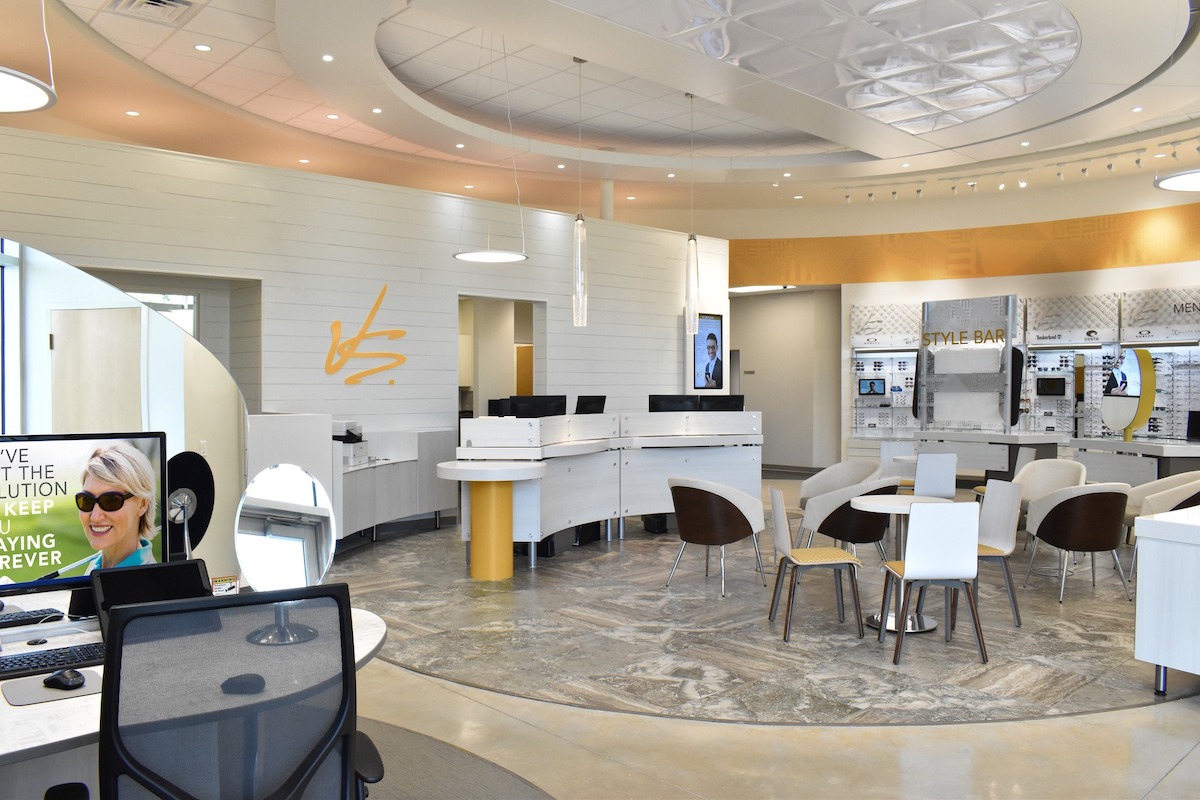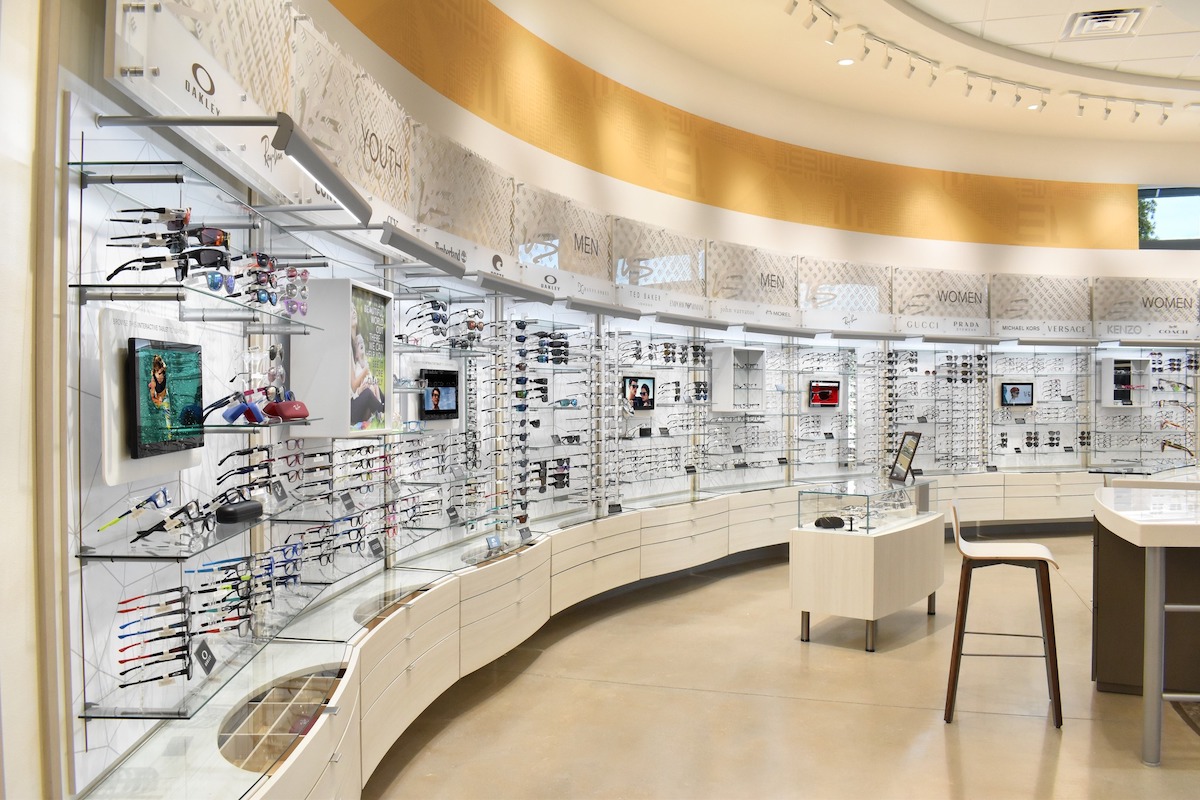Contact Lens Evaluations
What are contact lens evaluations for?
Writing a contact lens prescription places a certain amount of responsibility for the health of your eyes on the doctor. As a result, your eyes need to be checked annually. As a contact lens wearer, additional tests are done for you that are necessary to make sure your eyes are healthy, that your lenses fit properly, and to ensure that you are seeing as well as possible. Contact lens professional fees are for the extra testing, our doctor’s fitting expertise and the time taken by the staff and doctor each year to properly evaluate your contact lenses.
What types of addition tests are needed?
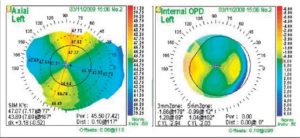 Corneal topography is one example of a test done for contact lens wearers. With this computerized data we can detect any undesirable changes of the cornea caused by wearing contact lenses. A second test uses a bio-microscope to examine the fit of the contact lens and to assess the quality and quantity of your tears. Thirdly, pupil size is measured. Last, the prescription measurements are done differently than those for glasses.
Corneal topography is one example of a test done for contact lens wearers. With this computerized data we can detect any undesirable changes of the cornea caused by wearing contact lenses. A second test uses a bio-microscope to examine the fit of the contact lens and to assess the quality and quantity of your tears. Thirdly, pupil size is measured. Last, the prescription measurements are done differently than those for glasses.
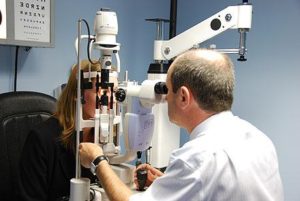 Isn’t this part of my annual exam?
Isn’t this part of my annual exam?
These contact lens related tests are done in addition to the eye examination. These are procedures that only need to be completed for contact lens wearers, not for patients who do not wear contact lenses. Insurance coverage varies for contact lens fees. It depends on your plans coverage. Many insurance plans cover a routine eye exam which determines your glasses prescription and evaluates your eye health. Contact lens services are separate procedures often not covered by insurance.
How much will this cost?
Depending on the type of lenses you require and the complexity of your case, fees range anywhere from $45 to $350 annually for the contact lens evaluation fee. This charge is in addition to your regular comprehensive exam fee of $164. For example, if you have been wearing lenses for many years and the doctor feels it is safe for you to continue to wear your current lenses, your contact lens evaluation fee will be lower, usually around $45-70. If you have never worn contact lenses before, your fee will likely be higher, usually around $90-110. Some patients may be charged between $115-325, for more involved cases, such as patients with keratoconus, corneal transplants, corneal distortion or high astigmatism. Our doctors will determine the final fee to be charged at the end of your examination.
These fees are professional contact lens evaluation fees and are not subject to negotiation. We strive to keep the costs down for our patients. However, our time, expertise and costs associated with running a modern health care facility dictate that we charge appropriately for all of our services.
